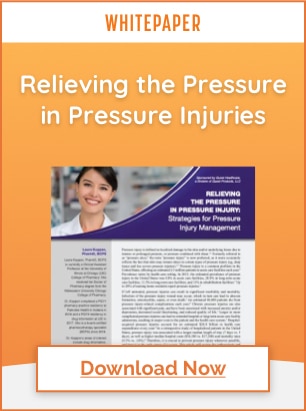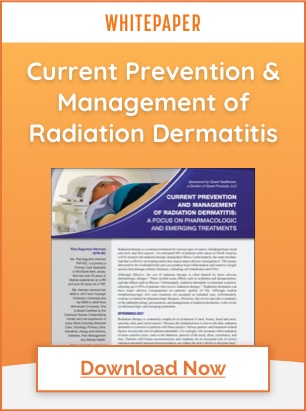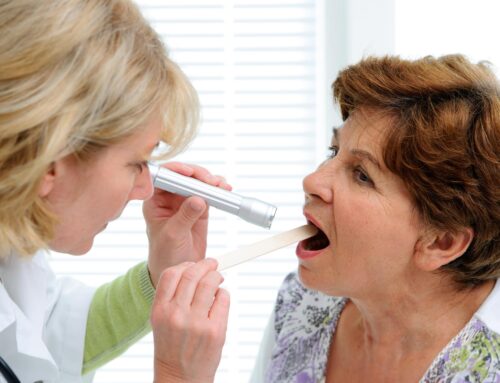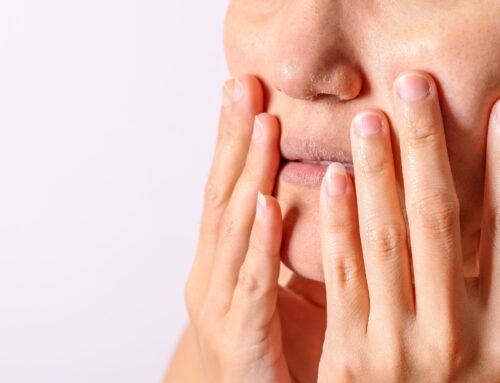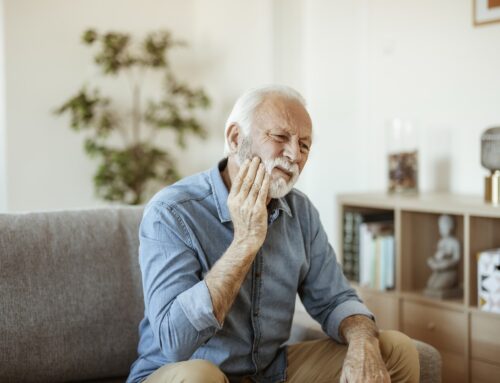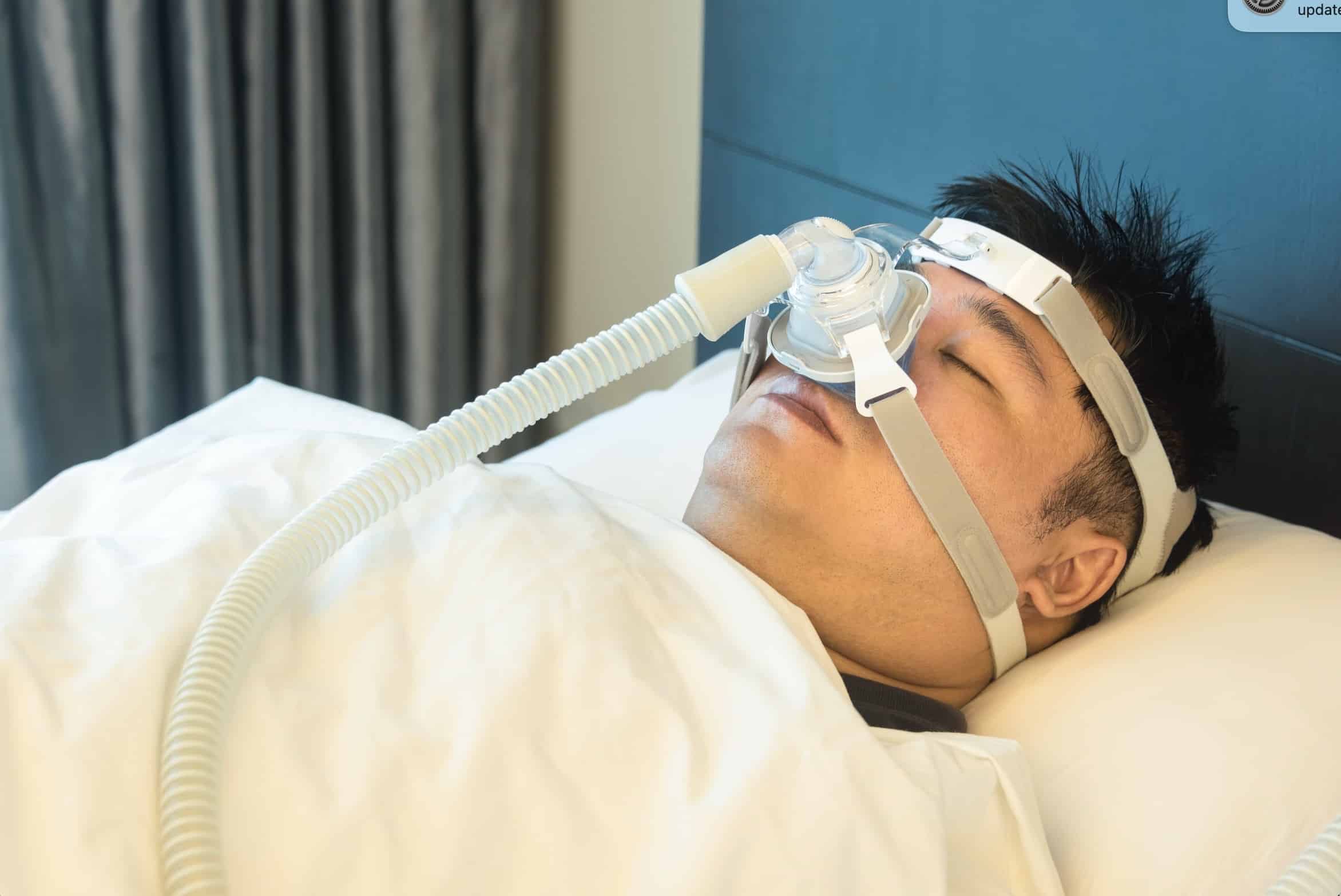
Xerostomia with CPAP Use
Xerostomia, also known as ‘Dry Mouth,’ is the dryness of the oral cavity resulting from insufficient saliva secretion or a complete lack of saliva. Xerostomia can be a side effect of continuous positive airway pressure (CPAP) therapy for some individuals. It can also be a chronic condition or caused by a number of diseases such as Sjogren’s Syndrome, Scleroderma, HIV / AIDS, and Diabetes, as well as smoking, mouth breathing, and Obstructive Sleep Apnea (OSA).
Symptoms of Xerostomia
While symptoms of xerostomia can vary from person to person, the most common symptoms include1
- Burning feeling in the mouth
- Dry lips
- Alteration of taste sense
- Difficulty speaking, swallowing and wearing dentures
- Halitosis
- Painful tongue fissures
- Mucosal ulcers
The Role of Saliva
Saliva is a fluid that contains water, electrolytes, mucus, and enzymes that are integral components to oral health.
The protective role and benefits of saliva include:
- Chemical digestion
- Lubrication
- Dilution
- Thermo-regulation
- Antimicrobial actions
- Amylase lipase
Without these protective functions of saliva that include antimicrobial activity, control of pH, and removal of food debris from the oral cavity, the risk of developing Candida infection and dental cavities increases.2
Obstructive Sleep Apnea
Obstructive Sleep Apnea (OSA) is a sleep-related breathing disorder that causes an individual to repeatedly stop and start breathing while sleeping. This occurs when the throat muscles intermittently relax and block the airway during sleep. A noticeable sign of OSA is snoring.3
Risk factors for OSA include3:
- Excess Weight
- Narrowed Airway
- Being Male
- Being Older
- Family History
- Smoking
- Chronic Nasal Congestion
- Medical Conditions including Diabetes and Asthma
- Use of Alcohol or Sedatives
OSA and CPAP Use
OSA is potentially treatable using the continuous positive airway pressure (CPAP) therapy. CPAP alleviates daytime symptoms and decreases cardiovascular morbidity and mortality. However, adherence rates are unsatisfactory, with studies reporting adherence rates between 20 to 83%. Multiple studies report that between 29% to 83% of CPAP patients were non-compliant due to xerostomia.4.
Side Effects of CPAP Use
There are a number of side effects associated with CPAP use including dry mouth, increased number of awakenings throughout the night, blocked nasal passages, and mask pressure and leaks.4 Dry mouth can occur when using a full-face CPAP application, a nasal-only CPAP application, or a chin strap, taping, adhesive or bandages to force breathing through the nose.5
Dry mouth in those using CPAP therapy can be managed and treated using XyliMelts®.
XyliMelts® and Xerostomia
There are many over-the-counter medications on the market for dry mouth. This includes rinses, sprays, lozenges, soft chews, and toothpastes. However, these options often fall short of XyliMelts®, a patented, all-natural oral adhering disc that sticks to your gums to help produce saliva and suppress harmful bacteria that flourish in dry mouths. Additionally, XyliMelts® works up to 4 hours throughout the day and up to 8 hours while sleeping6, and is the only solution to relieve dry mouth throughout the night.
A study in the International Journal of Dental Hygiene shows participants using XyliMelts® experienced a significant improvement in subjective wetness (P < 0.001) and a significant decrease in perceived morning discomfort (P < 0.02) within 1 week of use of the discs.7
Request XyliMelts® samples for your CPAP-use patients today.
Request an Educational In-Service
Are you interested in learning more about this topic, among others, and educating those within your healthcare facility? Request a FREE, virtual 20-30 minute Educational In-Service for your team today, and we’ll even have lunch delivered to your office!
Disclaimer: The material contained is for reference purposes only. Quest Healthcare, A Division of Quest Products, LLC, does not assume responsibility for patient care. Consult a physician prior to use. Copyright 2023 Quest Healthcare, A Division of Quest Products, LLC.
Sources:
- Wiener RC, Wu B, Crout R, Wiener M, Plassman B, Kao E, McNeil D: Hyposalivation and xerostomia in dentate older adults. J Am Dent Assoc 2010, 141, 279–284.
- https://www.intechopen.com/books/saliva-and-salivary-diagnostics/functions-of-saliva
- https://www.mayoclinic.org/diseases-conditions/obstructive-sleep-apnea/symptoms-causes/syc-20352090
- https://pubmed.ncbi.nlm.nih.gov/24557772/
- https://www.ncbi.nlm.nih.gov/pmc/articles/PMC5359345/pdf/jcsm.13.4.647.pdf
- https://www.oracoat.com/clinical-studies
- Int J Dent Hygiene 10, 2012; 118–121, DOI: 10.1111/j.1601-5037.2011.00532.x; Burgess J, Lee P. XyliMelts time-release adhering discs for night-time oral dryness.

